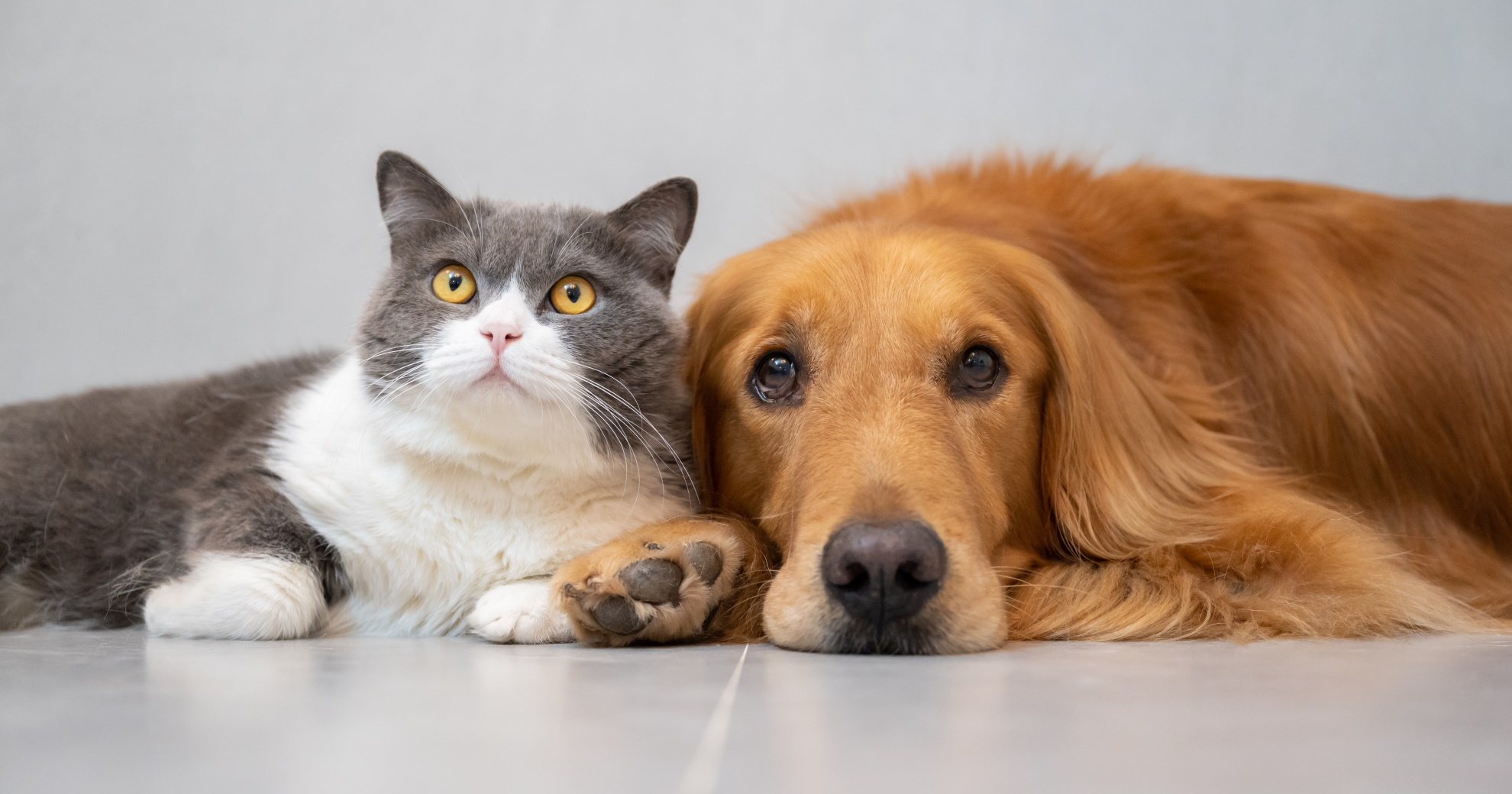
VOTING BOOTH

TRENDING

LIONS FOUNDATION OF CANADA DOG GUIDES
Lions Foundation of Canada Dog Guides and its founding program, Canine Vision Canada, was established in 1983. It’s the largest school of its kind in Canada with its training school in Oakville and breeding facility in Breslau.
Gastrointestinal Health In Dogs And Cats

Any owner who has dealt with a pet’s sudden unexplained vomiting or diarrhea will understand that this is a stressful experience for everyone involved.
The two main causes of such symptoms, poisoning and gastrointestinal (GI) illness are frightening and upsetting. In this article, we’ll discuss GI in more detail because it is the more common.
Our pets’ body plans, especially their digestive tracts, are highly similar to ours. Without going into detail on the purpose and function of the various organs, it’s sufficient to note that all must operate in perfect unison to ensure peak health.
COMMON TYPES OF GI DISEASES
Gastrointestinal diseases that can affect the stomach, intestines, and other organs are fairly common in pets, but they can be difficult to detect early. Usually, they are only noticed once they’ve caused a variety of symptoms from loss of appetite to diarrhea and vomiting.
The GI diseases most common among pets are pancreatitis, gastric dilatation-volvulus (GDV), and inflammatory bowel disease.
Inflammatory bowel disease: This is an inflammation of the digestive tract that can induce dramatic weight loss following uncontrollable vomiting and diarrhea.
Pancreatitis: When the pancreas becomes inflamed this condition can cause abdominal pain, diarrhea, and vomiting.
GDV: This causes severe pain and occurs when the stomach becomes twisted. The condition often requires urgent surgery.
REPORTING TO YOUR VETERINARIAN
As a caring pet parent, you’ll quickly notice changes in your pet’s appetite or normal gastrointestinal signs e.g., abdominal swelling or pain. In such cases, without being over-anxious, it’s wise to contact your veterinarian for an early diagnosis and initial treatment. In the event that an illness is found, this should mitigate damage to your pet’s digestive system and hasten recovery.
Once at the veterinarian, you’ll be asked about your pet’s symptoms. It’s important that you provide the required details as accurately as possible. In such situations, the owner’s description of the patient’s clinical signs can sometimes be misleading. To help the process along either the veterinarian or her technical assistant will follow a structured Q & A approach to reach the correct diagnosis.
DIAGNOSIS
The first step is usually obtaining comprehensive and accurate history to identify where in the digestive tract the disease is located since this is critical in developing the diagnostic plan.
Other questions will be more specific and relate to the signalment the owner has observed. One may be asked whether food has been jettisoned from the mouth before swallowing. This is known as dysphagia and is typical of mouth or gullet diseases. Or you may have noticed that the food has been swallowed but is regurgitated soon after without being digested.
Here are some of the other indicators you will be asked about:
- When the food is expelled, is it sudden?
- Are there usually heaving motions before regurgitation and gagging sounds afterwards?
- When did these episodes start, how many have there been, and when do they happen?
- Has the diet changed and if so, how?
- Has another veterinarian prescribed treatment and medications for this problem before and how did the pet respond to the medicine?
- Has there been weight loss while still eating well or weight loss associated with a poor appetite?
If the symptoms or their descriptions are not entirely clear, you may be asked to provide a video of what happens when your pet has an episode. This can be a tremendous aid in getting your cat or dog the urgent help it needs.
MAKING SURE THAT YOUR PET’S DIET IS OPTIMAL
In most cases, early diagnosis and treatment lead to happy outcomes. To promote your pet’s GI health your veterinarian could recommend a particular nutritional approach. This will always depend on factors like your dog or cat’s age, breed, size, activity profile, and whether its neutered or intact. Whatever you decide to do, ensure that you choose the eating plan that best suits your pet’s specific needs.
The contents of this post are for informational purposes only and do not constitute professional medical advice. To have your pet’s condition accurately diagnosed kindly see your veterinarian.
Find a veterinarian near you.








